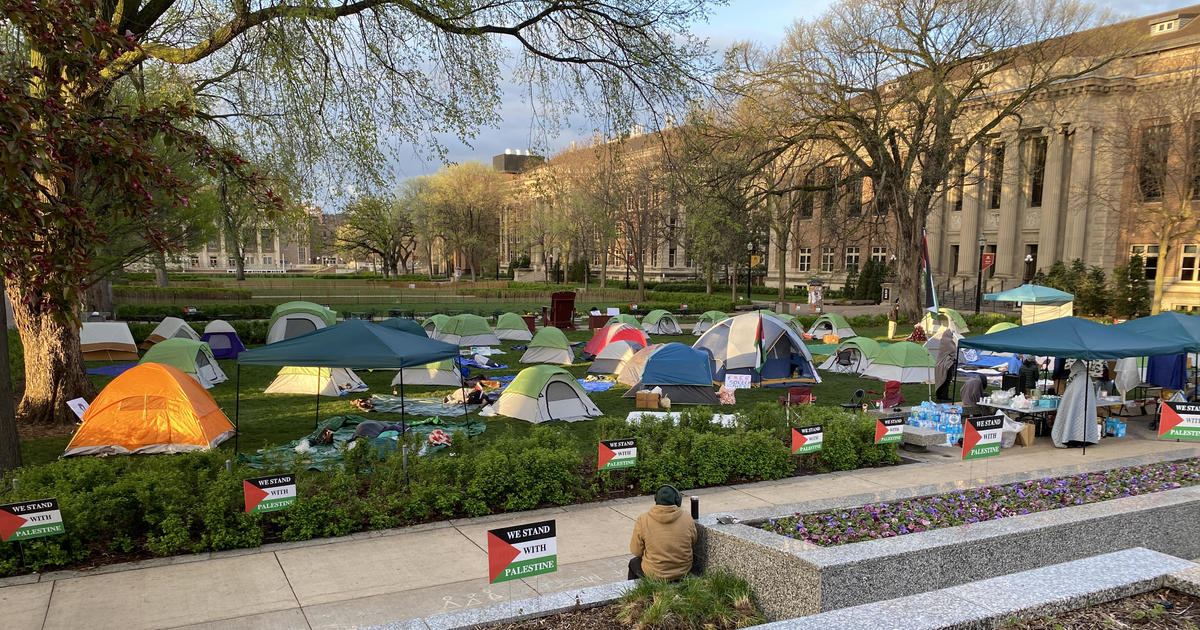How do cities decide where to fix potholes first?
Originally published on March 19, 2021
MINNEAPOLIS (WCCO) – Two weeks ago, street crews were plowing snow. On Tuesday, those same workers spent their entire day filling potholes.
So, how do cities decide where to fix potholes first? Good Question.
"It happens all at once and it happens fast," says Mike Kennedy, director of winter operations for the City of Minneapolis. "We can't be everywhere, so we have to prioritize the work."
Kennedy says this year has been bad for potholes due to the amount of snow and freeze/thaw cycle, but it's not the worst.
When asked on Facebook about where the most prolific potholes were, WCCO viewers responded en masse with everywhere from Ayd Mill Road in St. Paul to Theodore Wirth Parkway in Minneapolis to 49th Avenue in Columbia Heights.
"Everywhere," wrote Buddy Ken. "The worst one is everywhere."
Like most cities, Minneapolis doesn't track potholes via database, but it does accept pothole reports via 311, email and its city website. Kennedy says a lot of the street work supervisors also already know where many of the potholes are located.
"The supervisors will then sort through their lists every day and pick out the worst and treat the worst first," says Kennedy.
By early afternoon on Tuesday, one street crew in South Minneapolis had already filled 140 potholes. They had to make a second stop in St. Paul to pick up another round of hot asphalt mix.
So, how do most of the cities WCCO asked define "worst"? Each answer is relatively similar to Minneapolis.
"We look at the size of the pothole and how much damage it might do," says Kennedy.
Street work supervisors generally evaluate how many cars use that road as well as how fast they travel. They will also look for ways to maximize efficiency when planning a crew's route.
In addition, Kennedy says his crews avoid streets that are scheduled for resurfacing within the next few months.
"Those streets will stay bumpy," he says. "We don't want to waste time on something we're going to do over again."
Right now, crews are using a temporary method to fill potholes, which mean they can often pop out. That means crews sometimes have to return to the same pothole after already fixing it.
Kennedy says once the ground dries, crews will be able to use longer, more permanent fixes. That's expected in April.




